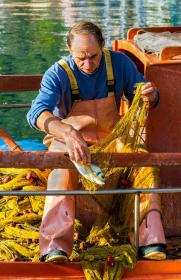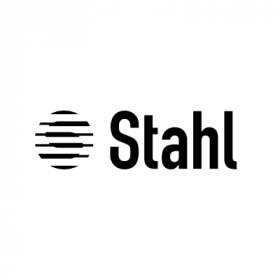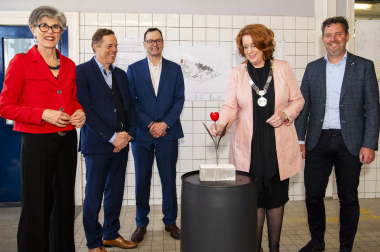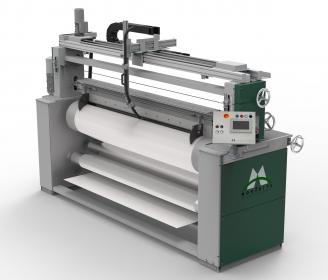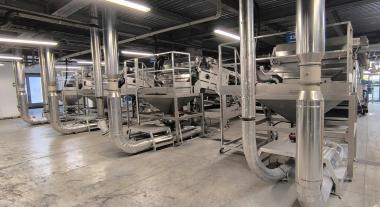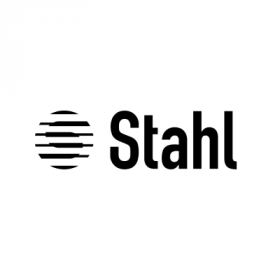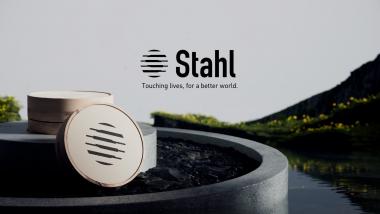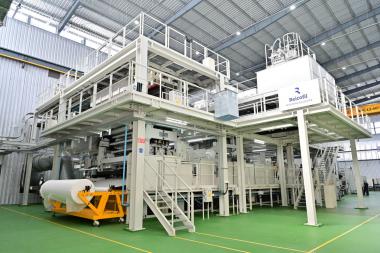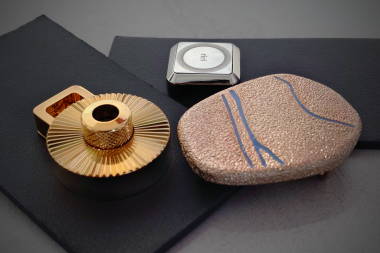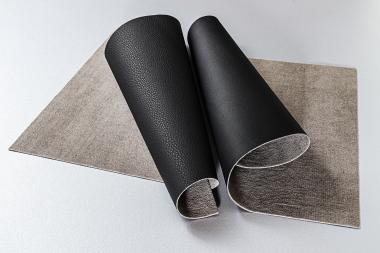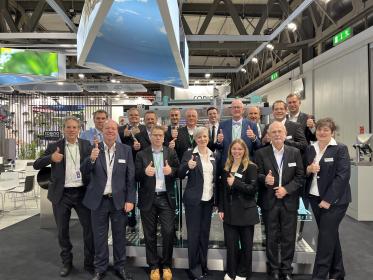Stahl: Thierry Vanlancker joins as non-Executive Board Director
Stahl, a provider of speciality coatings and treatments for flexible substrates, has appointed former AkzoNobel CEO Thierry Vanlancker as a Non-Executive Director to its Board.
As a Non-Executive Board Director, Mr Vanlancker will provide valuable oversight, advice and strategic guidance to Stahl’s leadership, supporting the company’s position as a leader in speciality coatings and treatments for flexible substrates.
From 2017 to 2022 Mr Vanlancker served as CEO and Chairman of the Management Board of AkzoNobel NV. Prior to his tenure at Akzo he held several senior positions in Europe and the US at Dupont.
Mr Vanlancker also serves as Chairman of the Board at Sika and as Non Executive Board Director at Aliaxis and Etex. He brings over 30 years of experience in the speciality coatings and chemicals industries and holds a Master's degree in chemical engineering from Ghent University.
Stahl









